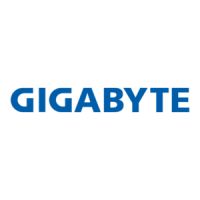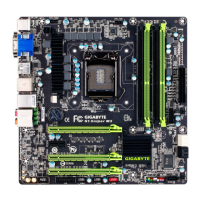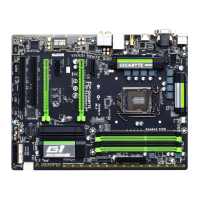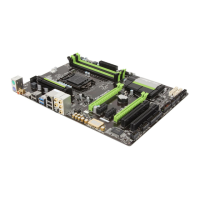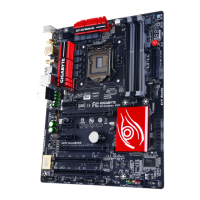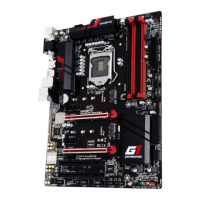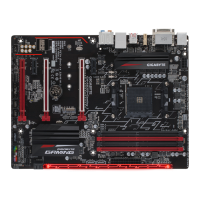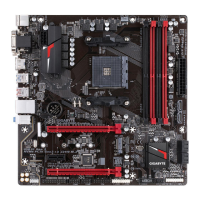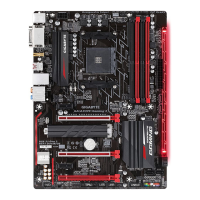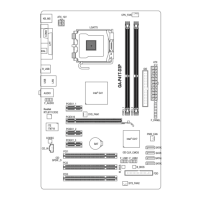- 21 - Hardware Installation
1-8 Back Panel Connectors
When removing the cable connected to a back panel connector, rst remove the cable from your •
device and then remove it from the motherboard.
When removing the cable, pull it straight out from the connector. Do not rock it side to side to prevent •
an electrical short inside the cable connector.
PS/2 Keyboard/Mouse Port
Use this port to connect a PS/2 mouse or keyboard.
USB 3.0/2.0 Port
The USB 3.0 port supports the USB 3.0 specication and is compatible to the USB 2.0/1.1 specication.
Use this port for USB devices such as a USB keyboard/mouse, USB printer, USB ash drive and etc.
D-Sub Port
The D-Sub port supports a 15-pin D-Sub connector. Connect a monitor that supports D-Sub connection
to this port.
DVI-D Port
(Note)
The DVI-D port conforms to the DVI-D specication and supports a maximum resolution of 1920x1200
(the actual resolutions supported depend on the monitor being used). Connect a monitor that supports
DVI-D connection to this port.
DisplayPort
DisplayPort is one of the new generation interface technologies that delivers high quality digital imaging
and audio, supporting bi-directional audio transmition. DisplayPort can support both DPCP and HDCP
content protection mechanisms. Connect the audio/video device that supports DisplayPort to this port.
The DisplayPort Technology can support a maximum resolution of 2560x1600 but the actual resolutions
supported depend on the monitor being used.
After installing the DisplayPort device, make sure the default device for sound playback is the
DisplayPort device. (The item name may differ from operating system. For example, in Windows
7, go to Start>Control Panel>Hardware and Sound>Sound>Playback and set the DisplayPort
device as the default playback device. Refer to the HDMI settings information on the next page
for the conguration dialog box.)
HDMI Port
HDMI (High-Denition Multimedia Interface) is an all-digital audio/video interface capable of transmitting
uncompressed audio/video signals. The HDMI port is HDCP compliant and supports Dolby TrueHD
and DTS HDMaster Audio formats. It also supports up to 192KHz/24bit 8-channel LPCM audio output.
You can use this port to connect your HDMI-supported monitor. The maximum supported resolution is
1920x1200, but the actual resolutions supported are dependent on the monitor being used.
After installing the HDMI device, make sure to set the default sound playback device to HDMI.
(The item name may differ depending on your operating system. The screenshot below is from
Windows 7.)
(Note) The DVI-D port does not support D-Sub connection by adapter.
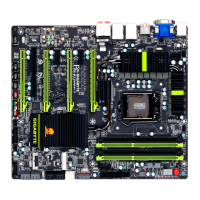
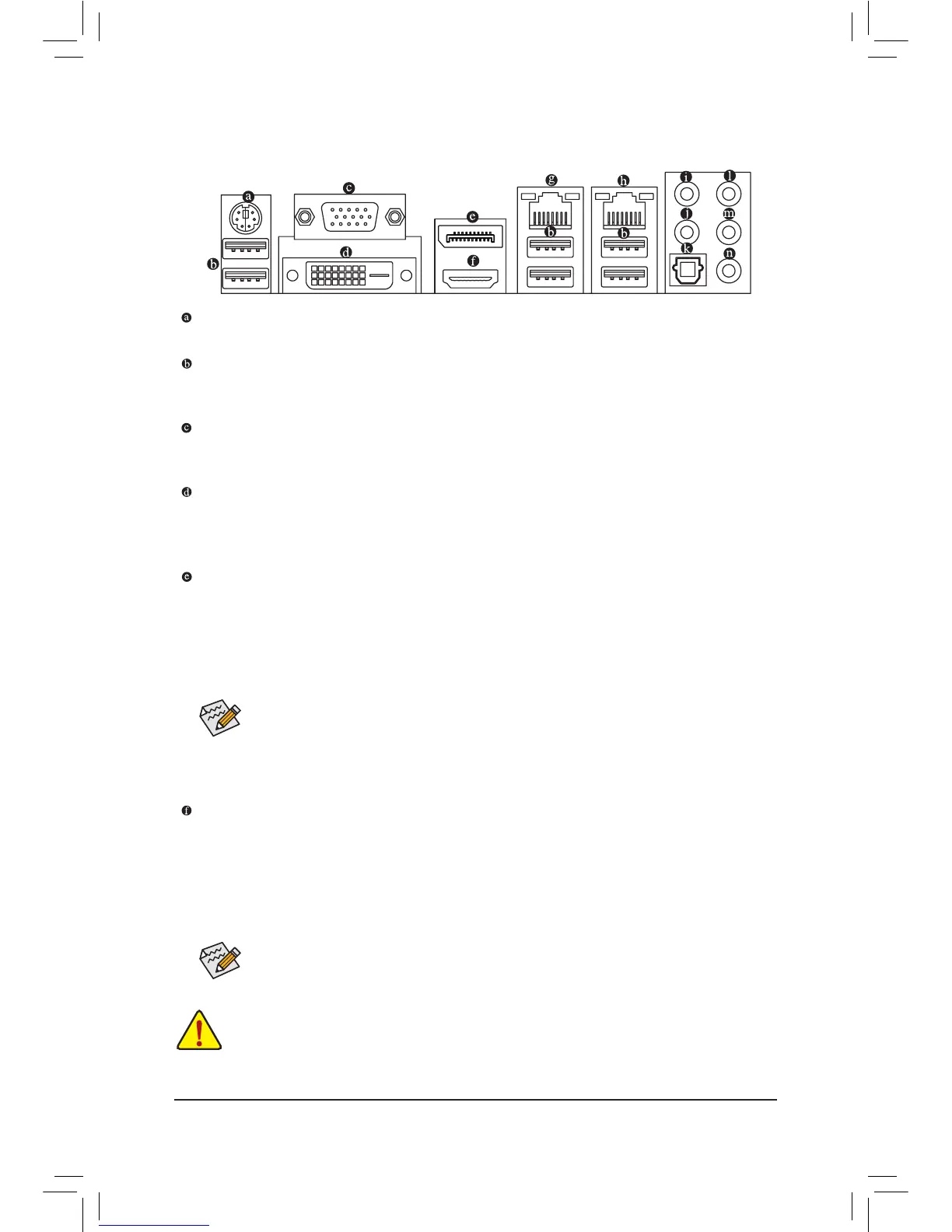